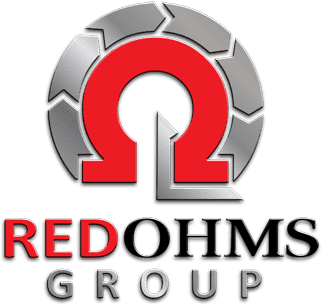Other Hazmat Services
Recent News
WHWB (Workplace Health Without Borders) – Australia
ISO 9001, 14001, 45001 Certified
Hazardous Materials
Lead can be located in a variety of circumstances including industrial applications on plant and infrastructure, decorative paint in both the external and internal of commercial and domestic properties.
Learn more about our service offering below:
Lead Containing Paint
Lead can be located in a variety of circumstances including industrial applications on plant and infrastructure, decorative paint in both the external and internal of commercial and domestic properties.
The general level of risk is increased by cumulative exposure with the main health risks associated with absorption into the blood stream and the inhalation of airborne lead dust.
RED OHMS can provide specialist lead-in-paint surveys with NATA accredited analysis including the following:
- On-site collection of samples for laboratory analysis to identify levels of lead in paint, dust and soil;
- In-situ XRF surveys (non-NATA) to detect and quantify lead-in-paint on site;
- Provision of Lead containing material registers and reports, with appropriate recommendations;
- Provision of task specific air monitoring equipment and analysis of air samples;
- Visual clearance inspections following specialist lead removal;
- Ad-hoc advice on the cleaning of lead contaminated sites; and
- Development of technical scopes of works to assist in remediation projects.
RED OHMS can utilise handheld X-ray fluorescence (XRF) instruments to provide rapid on-site identification of areas of significance allowing us to give immediate client feedback.
It is essential that a lead or hazardous materials survey is commissioned as early as possible into a project similar to that of asbestos, to identify any lead-based paint hazards that may expose workers to significant levels of lead and then implement necessary remedial measures.
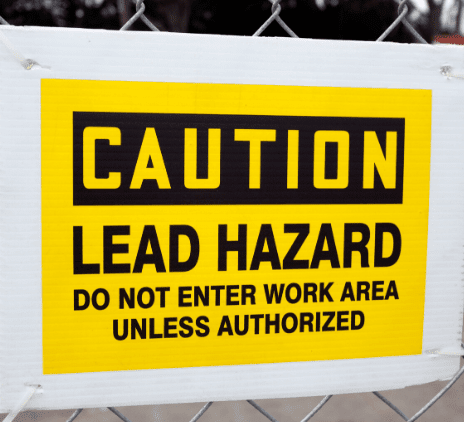
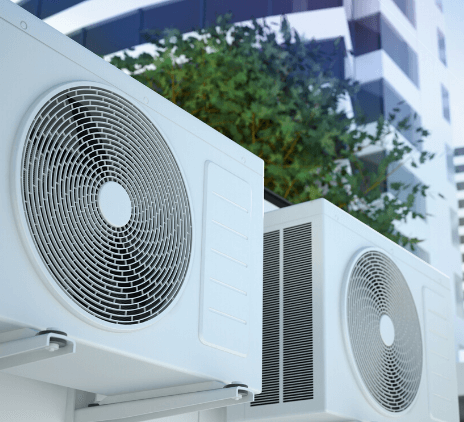
Ozone Depleting Substance
Ozone depleting substances are man-made gases that impact and harm the ozone layer if they reach the upper atmosphere.
The ozone layer sits within this upper atmosphere and helps to reduce the amount of harmful ultraviolet radiation that reaches the Earth’s surface from the sun. Ultraviolet radiation can have significant effects on both humans and the environment such as inducing skin cancer, cataracts, distorting plant growth and damaging the marine environment.
Areas where ozone depleting substances have been historically utilised are within foam agents, electrical equipment, solvents, aerosol sprays and fumigants. One of the most common areas is within refrigerants to air conditioning units, refrigerators, chillers, compressors and even water fountains.
It is illegal to dispose of ozone depleting substances by releasing them into the atmosphere therefore ozone depleting substances should be collected and decanted for destruction under the relevant guidelines. In Australia, the Department of Environment & Heritage is responsible for issuing permits to import or export ozone depleting substances.
RED OHMS site inspections aim to visually identify the location of refrigerants at the site with ozone depleting potential. Plant and equipment suspected to contain refrigerants of this nature, of the likes of refrigerators and air conditioners will be reviewed for relevant corresponding data to indicate the types of refrigerant housed within. The status of these suspected ozone depleting substances will be compared to known information to determine what category they fall into and placed onto the sites’ hazardous materials register with sufficient controls recommended.
It should be understood that HFC’s have been used since the early 1990s as an alternative to CFCs and HCFCs. HFCs, such as R410 do not contribute to ozone depletion, but they are potent greenhouse gases. In 2016, the Kigali Amendment to the Montreal Protocol to phase down HFCs worldwide was developed therefore most refrigerants currently utilised like the aforementioned R410 in place of ozone depleting substances are no longer suitable alternatives.
RED OHMS have the knowledge and experience to aid our clients in the reduction of their carbon footprint through our diligent and systematic approach to our hazardous materials surveys and assessments.
Polychlorinated Biphenyls
Polychlorinated Biphenyls (PCBs) is the common name for chlorinated organic chemicals that contain individual compounds with varying levels of toxicity.
PCB’s have high insulating and thermal stability properties, meaning they were extensively utilised as coolants and lubricants in such things as transformers, fluorescent light ballasts, capacitors and other electrical equipment.
Due to the health impacts they were prohibited for import in 1975 however due to their longevity they are still widely identified.
The risk of exposure comes to workers who may have to change, dismantle or refurbish equipment that may contain PCB’s along with potential spill and leakage clean-up operations. Dermal exposure is the typical route of exposure however at high temperatures vapour inhalation may occur.
Other industrial applications included:
- plasticisers;
- paints;
- inks;
- adhesives;
- hydraulic fluids;
- fire retardants;
- pesticides; and
- carbonless copy paper.
PCB’s have a potential chronic delayed toxicity through their persistence in the environment and accumulation in both human and animal tissue.
There are many health hazards related to exposure to PCB including liver damage, skin and eye irritation, thyroid gland disorders, muscle and joint pain and possible reproductive problems. Under Australian Model WHS Regulations specific duties exist to manage the risks to health and safety associated with PCBs.
RED OHMS assessments and hazardous materials surveys involve a visual inspection with presumptions based on the age and appearance of fittings that may contain PCB’s in order to assist the management of hazardous materials and provide recommendations to ensure appropriate precautions are in place to protect from exposure.
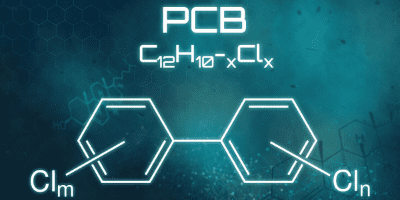
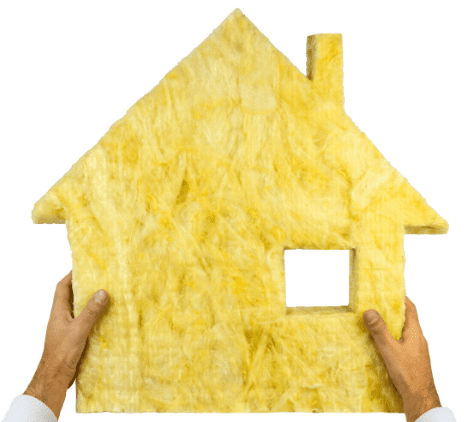
Synthetic Mineral Fibre
Synthetic mineral fibre (SMF) is a term used to describe a fibrous product manufactured through the process of blowing or spinning a molten mineral into a fibrous product that is typically used for insulation purposes.
SMF can be classified into three groups;
- Glasswool – manufactured through melting glass into a fibrous wool;
- Rockwool – manufactured through melting volcanic rock into a fibrous wool; and
- Refractory ceramic fibres (RCF) – made from kaolin, a naturally occurring alumino-silicate clay.
For over 70 years, glasswool and rockwool insulation materials have been the most widely used insulation in Australia. Both Glasswool and Rockwool have been classified as not carcinogenic to humans however RCF remains as Category 2B ‘possibly carcinogenic’.
Since 2002, all glass and rockwool insulation products manufactured in Australia have been biosoluble, allowing the product to dissolve in bodily fluids and be quickly cleared from the lungs therefore not warranting classification as a carcinogen. Despite this, lower quality imported products have been heavily utilised through Australia and the difference is not always apparent. There are two basic forms of SMF insulation which are bonded and unbonded similar to the friability of asbestos. These therefore have an impact on the level of fibre release that may occur.
RED OHMS aim to identify these materials and assess the friable nature whilst providing recommendations on the management techniques for in-situ SMF and the safe handling and disposal of the material. Addition of SMF to the hazardous materials register helps to reduce the risk of exposure to workers.
Under the National Code of Practice For the Safe Use of Synthetic Mineral Fibres [NOHSC:2006(1990)] an employer is to ensure during all applications and activities involving installation, removal and handling, to minimise the release of fibres. Employers must also ensure employees have correct PPE supplied and are instructed in the appropriate use including fitting a respirator. OHMS Hygiene can train and fit test your workers either on site or in house in the OHMS Hygiene offices located at West Perth. To obtain a quote for on site fit testing, please email us at fittest@redohmsgroup.com.au.




